-
Vallée, Louis-Prudent (1837, Quebec City–1905, Quebec City)
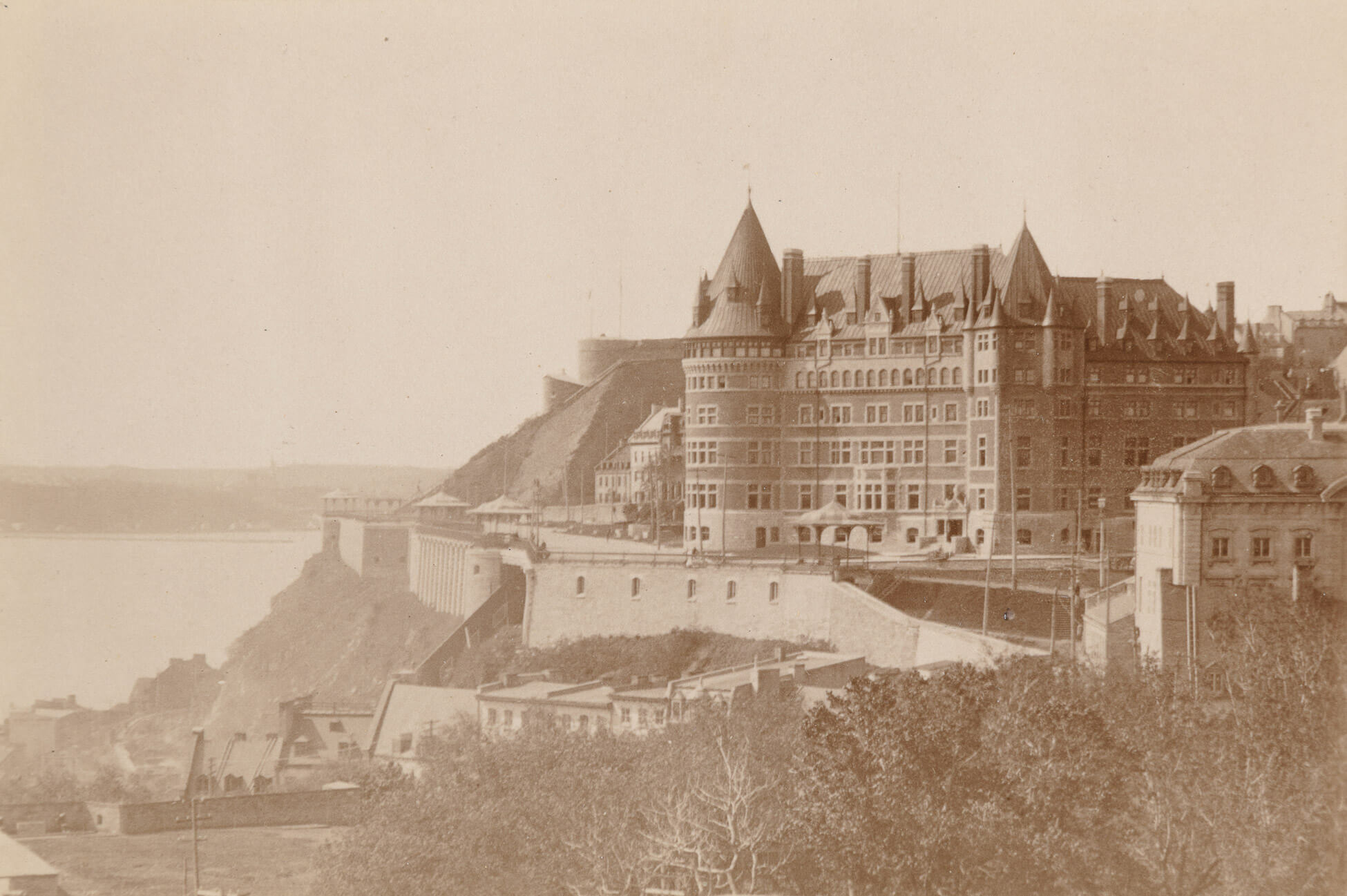
Vallée opened a studio in 1867 along the vibrant Rue Saint-Jean in the upper town of Quebec City. He specialized in stereographs and views of the city, its architecture, and monuments. He published his Catalogue of Photographic Views of Quebec and Vicinities around 1878, listing the subjects of his photographs for potential clients and guiding visitors to places of interest. Vallée purchased negatives from George William Ellisson when Ellisson & Co. studio closed in 1879. Vallée catered to the city’s upper class and tourists, and he was in competition with the Livernois Studio. His business declined in the 1890s and closed in 1901.
Image: Louis-Prudent Vallée, Le Château Frontenac vu du parc Montmorency, Québec, c.1890, albumen silver print, 17.6 x 22.6 cm, Musée national des beaux-arts du Québec, Quebec City.
For further reading, see:
Lessard, Michel. The Livernois Photographers. Quebec: Musée du Quebec, 1987, 67, 120, 130.
Lessard, Michel. “Louis-Prudent Vallée.” In Dictionary of Canadian Biography. Toronto and Laval: University of Toronto / Université Laval, 1994, 13. www.biographi.ca/en/bio/vallee_louis_prudent_13E.html.

-
Vazan, Bill (b.1933, Toronto)
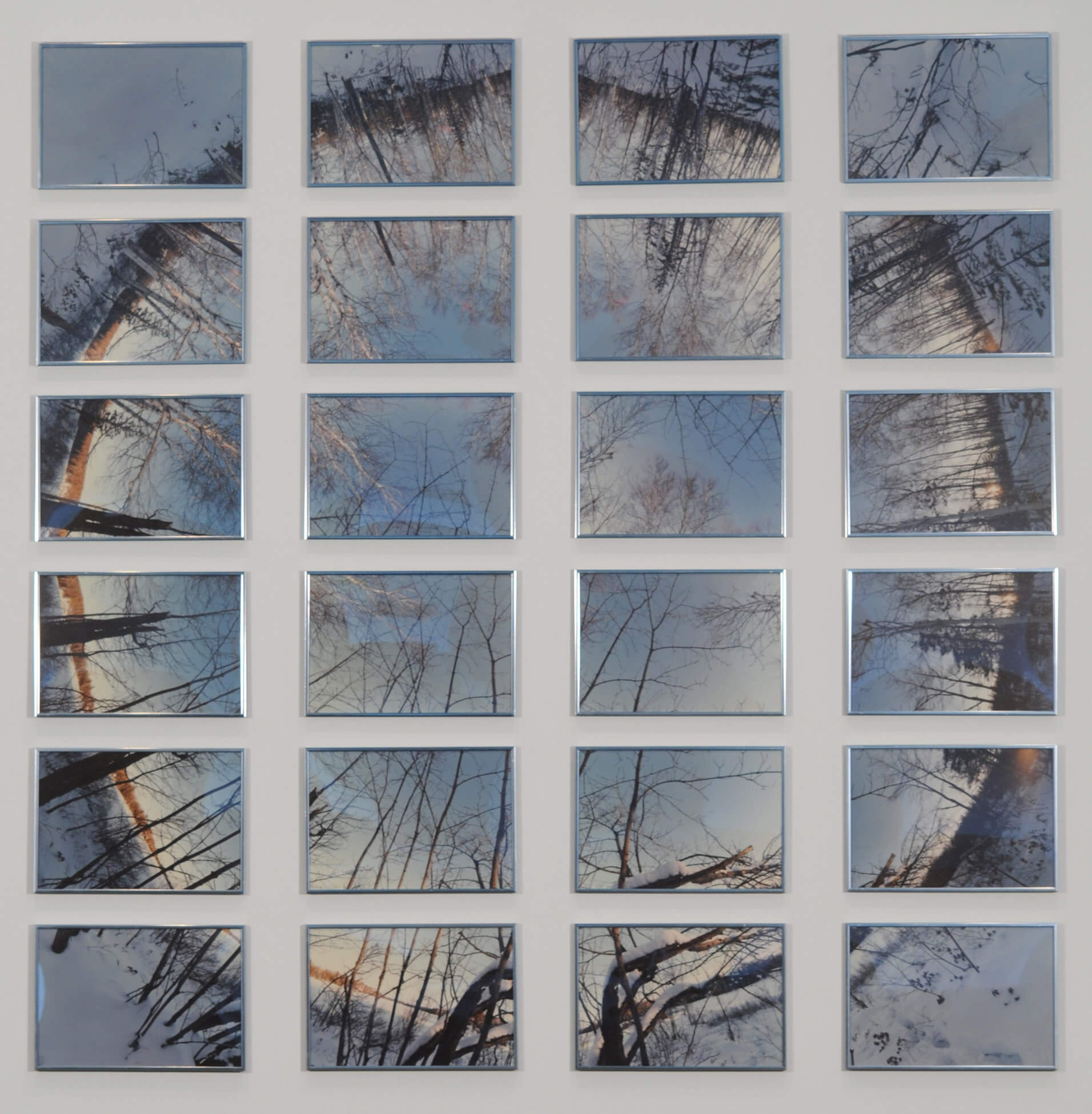
Vazan is a conceptual artist who began using photography to document his works of land art. In the mid-1970s he created photo-mosaic grids exploring historic sites and natural environments. He described these as “mental maps” and experimented with a variety of configurations, including spirals, globes, and spheres, to refer to specific places. His photoworks reveal the constraints of rationality and suggest other cosmological understandings of the world. Vazan taught at Concordia University and the Université du Québec à Montréal (UQAM) and was an important contributor to the Montreal art scene.
Image: Bill Vazan, Lac Clair Sky Globe (Winter), c.1975, chromogenic prints, 23.1 x 34.7 cm each, Museum London. © Bill Vazan / CARCC Ottawa 2023.
For further reading, see:
Grande, John, and Bill Vazan. Jumpgates: An Overview of Photoworks, 1981–1995. Peterborough: Art Gallery of Peterborough, 1996.

-
Viewegar, Hugo (1873, Leipzig, Germany–1930, Edgerton, Alberta)
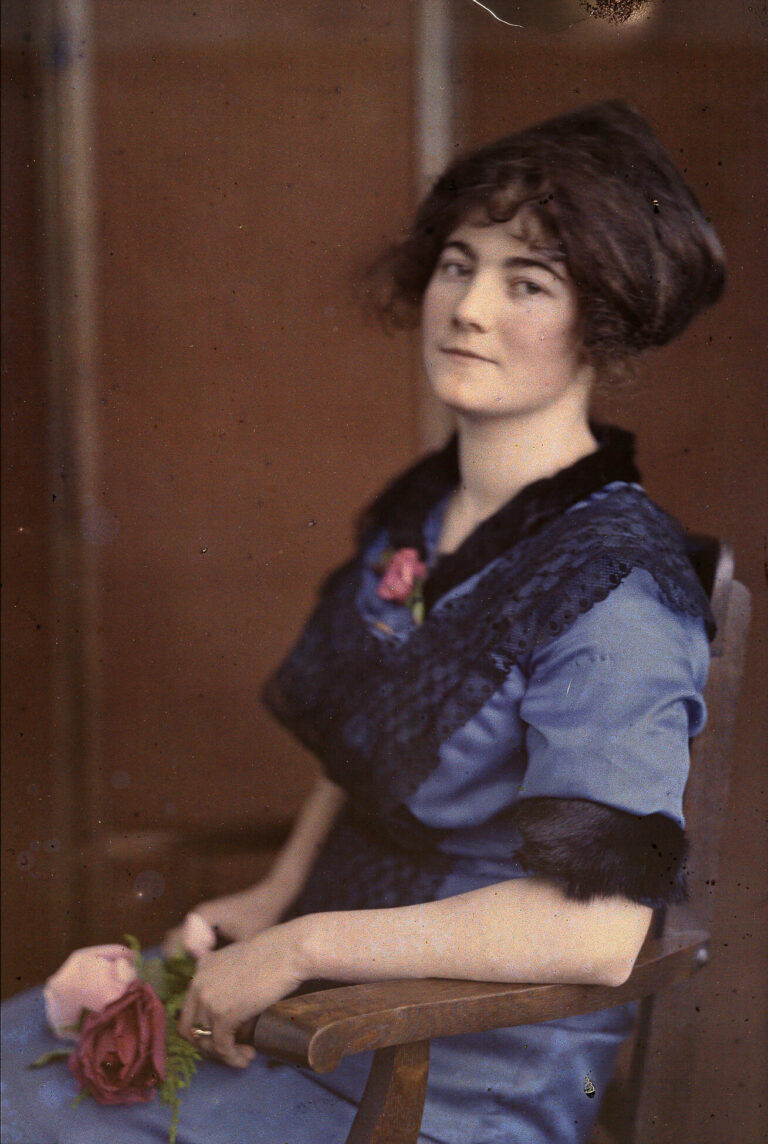
Viewegar was from a prosperous family and spent time in Paris, where he met Alfred Steiglitz (1864–1946) and learned the early colour, autochrome process from the Lumière brothers. He moved to Edmonton in 1912 and set up a successful studio the following year. Viewegar was interested in the expressive potential of colour and favoured a Pictorialist style in his portraiture. He also expressed the mythology of the western frontier in scenes of Mounties and in photographs of Indigenous people. His career was cut short by the start of the First World War. As a German national, his business was closed and many of his government photographs seized.
Image: Hugo Viewegar, Hugo Viewegar’s wife, c.1913–14, autochrome photograph, Provincial Archives of Alberta, Edmonton.
For further reading, see:
Skidmore, Colleen. “Imaging the ‘Wild West’: Hugo Viewegar and the Autochrome in Canada.” History of Photography 27, no. 4 (Winter 2003): 342–48.
———. “Touring an Other’s Reality: Aboriginals, Immigrants, and Autochromes.” Ethnologies 26, no. 1 (2004): 145–64.

-
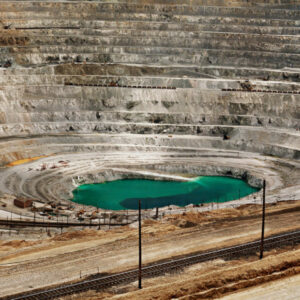 About the Authors
About the Authors
This book is written by art historians Sarah Bassnett and Sarah Parsons.
-
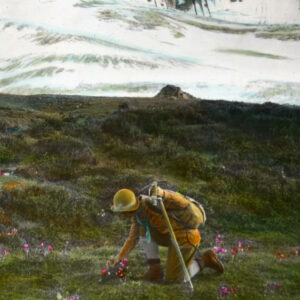 More Online Art Books
More Online Art Books
Read online or download the ACI’s incredible library of art books for free in French and English.
-
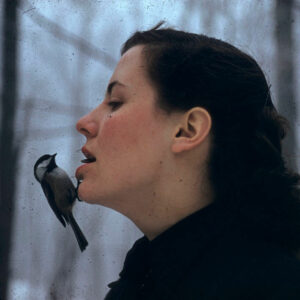 Preface
Preface
Photography has become so thoroughly integrated into our everyday experience that it may be hard to imagine life without it.
